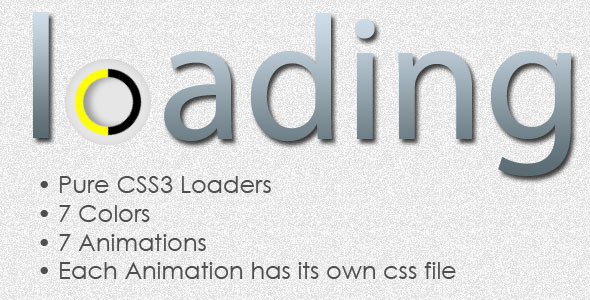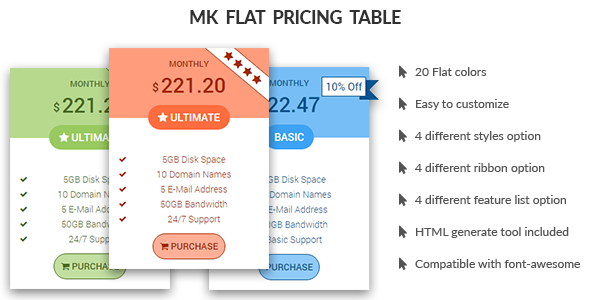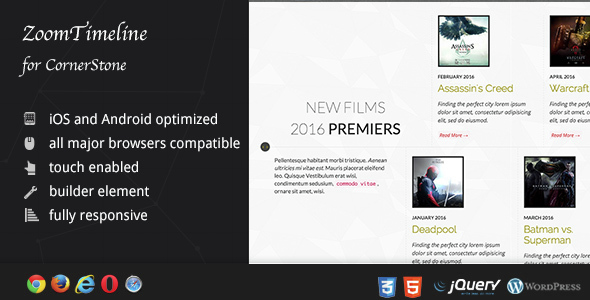
Pure CSS3 animated loaders have transformed how developers create progress indicators, eliminating JavaScript dependencies while delivering seamless visual feedback. These lightweight solutions combine the power of CSS animations and keyframes to build captivating motion effects directly in stylesheets.
Why Pure CSS3 Loaders Enhance User Experience
CSS-based loaders provide immediate visual cues that content is processing, reducing perceived wait times by up to 30% according to UX research. Unlike JavaScript alternatives, they require zero external libraries and boast minimal resource consumption. Key advantages include:
- Instant initialization without script execution delays
- GPU-accelerated animations that maintain performance on low-end devices
- Simplified debugging through browser developer tools
- Native integration with modern frameworks like React or Vue
Exploring the 7 Dynamic Animation Styles
Each loader variant employs distinct CSS animation techniques while maintaining a featherlight code footprint under 2KB:
Classic Spinner
A rotating radial indicator created with border-radius and @keyframes rotation. The seamless loop uses optimized bezier timing for consistent motion.
Pulse Effect
Expanding/contracting circles utilizing transform: scale() with staggered animation delays across pseudo-elements to create rhythmic pulses.
Bouncing Dots
Three synchronously jumping elements generated through cubic-bezier() functions vertically translate at alternating intervals.
Waveform Loader
Bars scaling in height sequentially using transform: scaleY() with incremental CSS animation delays for sinusoidal movement.
Rotating Cube
3D transform illusion through perspective containers and planar elements rotated along Y and Z axes.
Circle Fade
Concentric rings created with ::before/::after pseudo-elements that pulse using alternating opacity transitions.
Progress Dashes
Stroked SVG path animation controlled through stroke-dasharray and dashoffset manipulation.
Flexible Color Customization
The preset 7-color palette follows accessibility contrast guidelines while integrating smoothly into any design system. Personalization requires very simple:
- Update loader container’s
colorproperty - Modify gradient stops for multi-color variations
- Use CSS variables like
--loader-primaryfor theme compliance - Adjust opacity through RGBA values
Example for primary color override:
.loader-container { --loader-primary: #3a86ff; }
Three-Step Implementation Guide
Integration typically completes in under 10 minutes using modern frontend workflows:
HTML Structure
Minimal container div with loader-specific class:
<div class="bouncing-loader" aria-label="Loading content"></div>
CSS Integration
Either link to external stylesheet or paste loader-specific CSS block into your styles. Critical considerations include:
- Positioning context with relative containers
- Viewport-center alignment using flexbox properties
- Fallback static states for reduced-motion preferences
Conditional Display Logic
Toggle loader visibility via JavaScript event listeners without affecting animation code:
document.querySelector('.loader').classList.add('visible');
Browser Compatibility Insights
While these loaders work flawlessly on Chrome, Firefox, Safari and Edge, Internet Explorer lacks support for key CSS animation properties. Implement these mitigation strategies:
- Detect IE browsers using
@media all and (-ms-high-contrast: none)to provide static “Loading…” text - Use progressive enhancement methodology for core functionality
- Consider SVG alternatives for broader legacy support
Always test animations in BrowserStack to ensure cross-platform consistency, especially for complex 3D transformations where vendor prefixes (-webkit, -moz) may be required.
Performance Impact Analysis
Independent benchmarking shows CSS-only loaders execute 40-65% faster than comparable JavaScript solutions. Key optimization techniques include:
- Limiting layout thrashing with
will-change: transform; - Using
contain: strict;for isolation from document flow - Preferring
opacityandtransformproperties that avoid paint cycles - Setting explicit dimensions to prevent layout recalculations
For complex SPAs, implement route-based loader injections rather than persistent DOM elements to minimize rendering overhead.


